
The Surprising Power of Fan Fiction: A Launchpad for Aspiring Authors
Many celebrated authors began their creative journeys in the world of fan fiction, a vibrant and welcoming space where writers can hone their craft by reimagining beloved characters and worlds. Fan fiction provides a unique opportunity for aspiring authors to practice storytelling, experiment with new ideas, and receive valuable feedback from an engaged audience—all while exploring the familiar settings they already adore.
This supportive community often serves as a springboard for creativity and confidence, helping writers develop their voice and refine their skills before venturing into original works. In fact, some of today’s most successful authors have roots in fan fiction, though you may not have realized it. Their stories serve as a testament to how transformative and empowering fan fiction can be, proving that no dream is too far out of reach when you take the time to nurture your talent.
Whether you’re an aspiring author yourself or simply curious about how many literary careers get their start, fan fiction is a fascinating and inspiring part of the writing world worth exploring.
The Legalities of Publishing Fan Fiction
Fan fiction is a labor of love, but it’s important to understand the legal boundaries surrounding it. Fan fiction is only legal as long as no profit is made from it, as the original intellectual property belongs to the creator. This is why many authors remove their fan fiction from public platforms before transitioning to publishing original works, whether or not their new stories are based on their previous fan fiction.
To publish a work that originated as fan fiction, it must be sufficiently transformed to stand on its own and hold its own copyright. For instance, Fifty Shades of Grey famously began as Twilight fan fiction but was reimagined into an alternate universe, with no vampires, entirely different character names, and unique plot elements that distanced it from the source material. Many published works that started as fan fiction began in alternate universes, making it easier to adapt them into original, copyrightable creations.
The Most Popular Authors with Known Ties to Fan Fiction
1. E.L. James

Before becoming a best-selling author, E.L. James wrote Twilight fan fiction under the pen name snowqueensicedragon. Her most famous work in the fan fiction community was Master of the Universe, a highly popular story that reimagined Twilight‘s Edward Cullen and Bella Swan in a BDSM relationship.
James later reworked Master of the Universe into an original novel, changing the character names and removing direct references to Twilight. This revised version became Fifty Shades of Grey, the first book in what would become a hugely successful trilogy.
Even though Fifty Shades of Grey faced criticism for its writing style and portrayal of relationships, its origins in fan fiction undeniably paved the way for many other authors to follow in James’s footsteps. It sparked a surge in fan fiction-to-published-book transformations, played a significant role in the rise of self-publishing, as James first released the book independently before it was picked up by a traditional publisher, and it encouraged other fan fiction writers to transition into original works.
2. Cassandra Clare
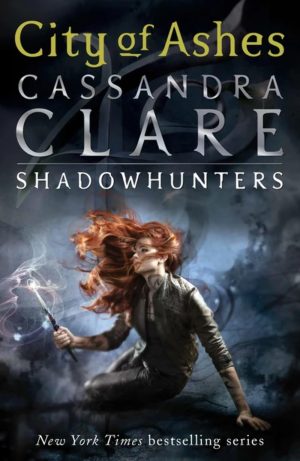
Before becoming a bestselling author, Cassandra Clare was a well-known figure in the early 2000s fan fiction community. She gained popularity for her Harry Potter fan fiction, particularly the Draco Trilogy, and later for Lord of the Rings fan fiction, especially her Lord of the Rings parody of Legolas.
When Clare transitioned into original fiction, she wrote The Mortal Instruments, a YA urban fantasy series. Many fans noted similarities between her fan fiction and The Mortal Instruments, particularly the dynamic between the characters Jace Wayland and Clary Fray, which seemed to resemble Draco Malfoy and Ginny Weasley from The Draco Trilogy. The Mortal Instruments became a bestselling series and was later adapted into a movie and TV show (Shadow Hunters). And despite past controversies, she remains one of the most successful authors to emerge from the fan fiction community.
3. Sarah J. Maas
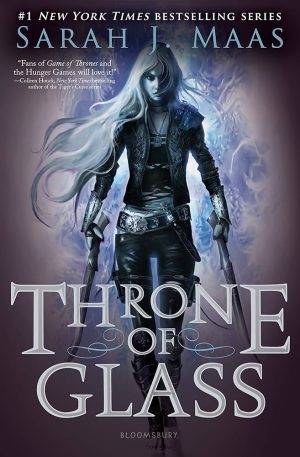
Sarah J. Maas, the bestselling author of Throne of Glass, A Court of Thorns and Roses (ACOTAR), and Crescent City, has a history with online writing communities, though she isn’t widely known for writing traditional fan fiction. Instead, her early writing gained attention through FictionPress, a platform similar to FanFiction.net but focused on original works.
In 2002, at just 16 years old, Maas began writing Throne of Glass (originally titled Queen of Glass) and published chapters on FictionPress. It was heavily inspired by classic fantasy stories like Cinderella and Lord of the Rings, as well as the anime Sailor Moon. The story gained a loyal following before she removed it from the site to develop it into a novel.
4. Marissa Meyer
Before becoming a bestselling author, Marissa Meyer was an active fan fiction writer, particularly in the Sailor Moon fandom. Writing under the pen name aliciablade, she gained a dedicated following for her Sailor Moon fanfics, many of which focused on romance and character-driven narratives. Unlike many other authors who deleted their fan fiction works once becoming authors, Meyer has embraced hers. You can still find her fan fiction works here.
Meyer credits fan fiction as a huge influence on her development as a writer, helping her hone skills like plotting, pacing, and character development. She also feels writing fan fiction taught her discipline as she used to write 150,000+ words a year while juggling school and work.
5. Anna Todd
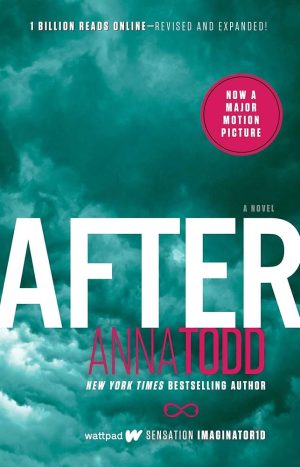
Anna Todd is another great example of a fan fiction writer turned bestselling author. She gained popularity by writing One Direction fan fiction on Wattpad, which eventually became the After series—a major publishing success that was later adapted into a series of films. Its main character, originally Harry Styles, was renamed Hardin Scott and other direct references to One Direction were removed. After has also been turned into a graphic novel.
6. Rainbow Rowell
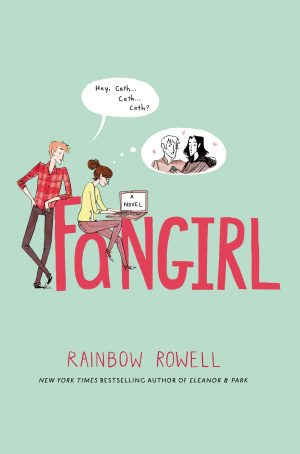
Rainbow Rowell has one of the most interesting and open relationships with fan fiction among published authors. Unlike some writers who distance themselves from their fanfiction past, Rowell has embraced it and even incorporated it into her professional work. Rowell’s novel Fangirl is a love letter to fan fiction culture. The book follows Cath, a college student who writes fan fiction about a Harry Potter-like series called Simon Snow. This story resonated with many readers who were active in fandoms.
But Rowell didn’t just write about fan fiction—she actually became part of the fanfic world herself. She has spoken openly about reading and writing fanfiction, though she hasn’t disclosed specific fandoms she participated in before becoming a published author.
One of the biggest ways Rowell’s fanfic roots show up in her career is through Simon Snow, the fictional series within Fangirl. Readers loved the snippets of Cath’s fan fiction so much that Rowell expanded it into a full novel, Carry On. Carry On is essentially Rowell’s own version of a Harry Potter/Dramione/Drarry-esque fanfiction, but completely reimagined as an original work with a unique magic system. It was so successful that she continued the story with Wayward Son and Any Way the Wind Blows.
7. Naomi Novik
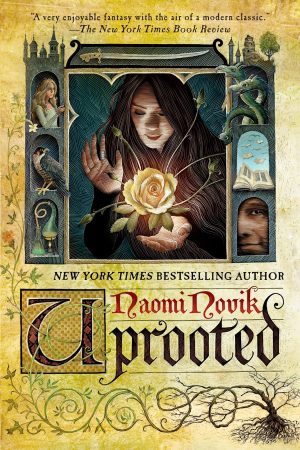
Naomi Novik, the bestselling author of the Temeraire series and Spinning Silver, has deep roots in fan fiction and fandom culture. Long before publishing her own novels, she was an active participant in fan communities, particularly within Star Trek and Harry Potter fandoms. Her passion for transformative works led her to co-found the Organization for Transformative Works (OTW) and play a key role in developing Archive of Our Own (AO3), one of the most prominent fan fiction archives online.
Novik has been a strong advocate for fan creators, championing the legitimacy of fan fiction as a creative and literary art form. Her background in fandom has also influenced her writing, as seen in her rich worldbuilding and character-driven narratives, which resonate deeply with readers who appreciate immersive storytelling.
8. Ali Hazelwood

Ali Hazelwood, the bestselling author of The Love Hypothesis and Love, Theoretically, has strong ties to fan fiction, particularly within the Star Wars fandom.
Before she became a published author, Hazelwood wrote Star Wars fan fiction, specifically in the Reylo (Rey/Kylo Ren) fandom. Many fans have speculated that The Love Hypothesis started as a Reylo fanfic, though Hazelwood has never officially confirmed this. However, she has openly acknowledged her love for fan fiction and has spoken about how writing in fan spaces helped her develop her storytelling skills.
Her books often feature dynamics similar to those found in popular fan fiction tropes—such as grumpy/sunshine pairings, fake dating, and academia settings—which are especially beloved in the Reylo community. Hazelwood remains supportive of fan fiction and has embraced her roots, even as she has transitioned into traditional publishing.
9. Christina Lauren (Christina Hobbs & Lauren Billings)
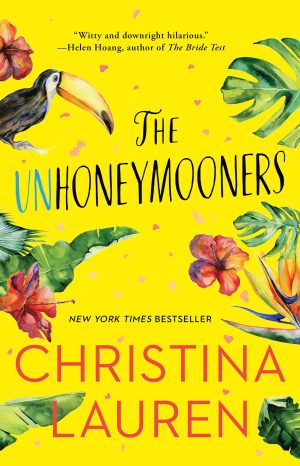
Christina Lauren, the bestselling author duo made up of Christina Hobbs and Lauren Billings, have deep roots in fan fiction, particularly in the Twilight fandom. Before they became published authors, they wrote Twilight fan fiction under the pen name tby789 (Christina) and LolaShoes (Lauren).
One of their most famous fan fiction works was The Office, a wildly popular Twilight fanfic that was later rewritten and published as their debut novel, Beautiful Bastard.
Both Christina and Lauren have spoken fondly about their fan fiction roots, crediting the community for helping them develop their storytelling skills and find their voice as writers. Their experience in fan fiction shaped their signature style—witty banter, steamy romance, and dynamic characters—which continues to resonate with their readers today.
10. Olivie Blake
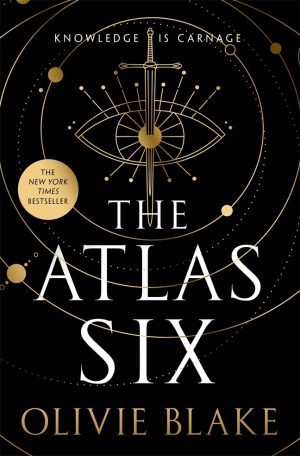
Olivie Blake, the bestselling author of The Atlas Six, has a well-documented history in fan fiction, particularly within the Harry Potter and Sherlock fandoms.
Before publishing under the name Olivie Blake, she was active in fan fiction communities under the pen name McKinnon. One of her most well-known works is The Dispossession of Hannah Clarke, a Harry Potter fanfic featuring Regulus Black. She also wrote extensively in the Sherlock fandom.
Olivie Blake has spoken openly about her love for fan fiction and how it allowed her to experiment with storytelling before transitioning to original fiction. She remains supportive of fan creators and embraces her fandom roots.
11. Lev Grossman
Before achieving mainstream success with The Magicians, Grossman was a part of fan fiction communities, specifically in the Harry Potter and How to Train Your Dragon fandoms. In fact, he has openly admitted to writing fan fiction in his younger days, which helped him hone his craft. His experience in the world of fan fiction likely influenced some aspects of his storytelling, as his works often play with themes of magic, alternate worlds, and the blending of fantasy with reality—concepts familiar to many fan fiction writers.
12. Andy Weir
Andy Weir wrote fan fiction based on Ready Player One by Ernest Cline. After Cline’s Ready Player One became a massive hit, Weir wrote a fan fiction short story set in the same universe, which was eventually published by Ernest Cline as part of a special edition of Ready Player One. Cline even publicly acknowledged Weir’s contribution and embraced the fan fiction as part of the Ready Player One canon, giving it an official nod.
The story, titled The Player One: A Fan Fiction, was a fun homage to the world Cline had created, written by Weir as a tribute to the novel that had inspired him. Weir’s writing style and humor shine through in this piece, making it a great addition to the Ready Player One universe. This is a rare and fascinating example of fan fiction being embraced by the original creator and even becoming part of the official canon.
Weir’s rise to fame actually began with his writing on his blog, where he serialized chapters of The Martian. His work was shared for free, and his engagement with fans helped build a dedicated readership before he eventually self-published the novel. This process has parallels to how fan fiction often grows through online communities, where feedback from readers helps shape and refine stories.
13. Alice Clayton
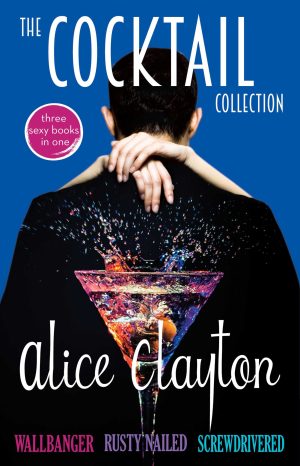
Alice Clayton, the author of Wallbanger and the Cocktail series, has a well-known connection to fan fiction. Like several other romance and contemporary authors, she originally wrote in the Twilight fan fiction community before transitioning to publishing original fiction.
Her novel Wallbanger was originally a Twilight fan fiction titled Edward Wallbanger, which gained a significant following before she reworked it into an original novel.
14. Shay Savage
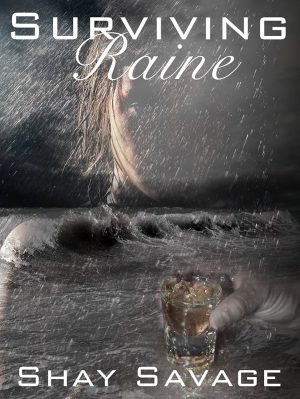
Shay Savage, the author of Surviving Raine, Transcendence, and Otherwise Alone, has strong roots in fan fiction, particularly within the Twilight fandom. Before becoming a published author, she was well known in the fan fiction community and wrote several popular Twilight fanfics.
One of her most well-known fan fiction works was Unexpected Circumstances, a medieval Twilight AU that was later rewritten into an original novel of the same name. She also wrote Caged, another Twilight-inspired fanfic that gained a significant following before she transitioned into publishing original fiction.
15. Meg Cabot
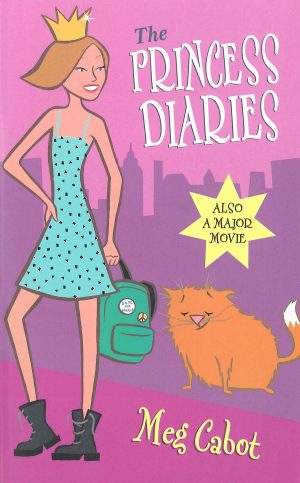
In interviews and on her blog, Cabot has shared that she wrote Star Wars and Star Trek stories as a teen, though she never published them online. She has also mentioned that many of her early unpublished works were inspired by existing stories, which aligns with the way fan fiction allows writers to experiment with characters and storytelling.
Cabot has been vocal about her support for fan fiction writers, encouraging them to keep writing and honing their craft. Her books, particularly The Princess Diaries, have inspired their own share of fan fiction, making her both a supporter of the community and an author whose works have been embraced by fan creators.
16. Tara Sue Me
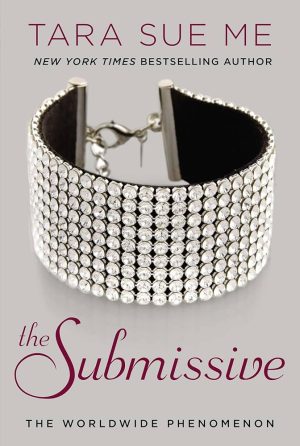
Tara Sue Me, the author of The Submissive series, has strong ties to fan fiction, particularly within the Twilight fandom. Before becoming a published author, she wrote Twilight fan fiction under the same title, The Submissive, which gained massive popularity in the fan fiction community.
Her story, originally a Twilight AU focusing on BDSM romance between Edward and Bella, was one of the early works in the genre that paved the way for similar adaptations, including E.L. James’s Fifty Shades of Grey. Due to its success, Tara Sue Me later reworked the fanfic into an original novel, which was traditionally published and expanded into a full series.
17. Ruby Dixon
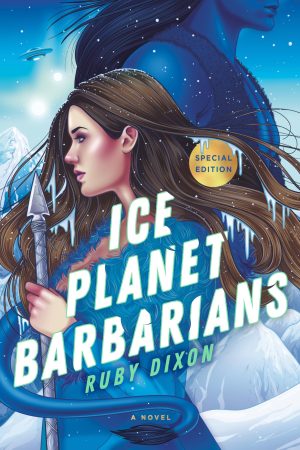
Ruby Dixon, the bestselling author of the Ice Planet Barbarians series, has strong ties to fan fiction, particularly within the Twilight fandom. Before becoming a well-known name in the sci-fi romance genre, she wrote Twilight fan fiction under the pen name mspurplefluffycat.
Her fan fiction often explored alternative universes and unique romantic dynamics, themes that carried over into her original works.
18. Julie Soto
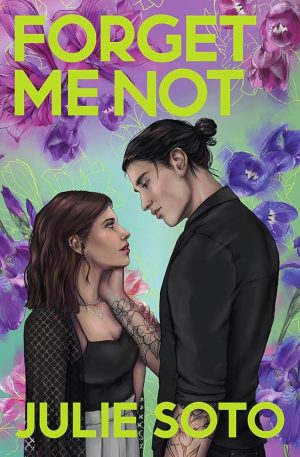
Julie Soto gained support as a Reylo fan fiction writer before transitioning to publishing her own works. Her first novel, Forget Me Not, was not based on any of her fan fiction works. However, her second novel Not Another Love Song, coming out this year, is said to be a rework of one of her previous fan fictions.
19. Casey McQuinston
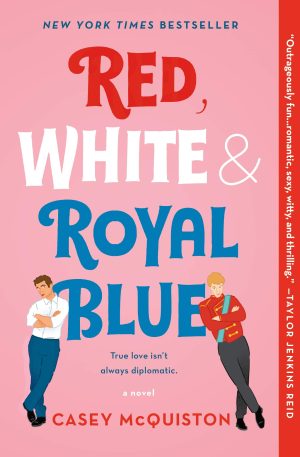
Casey McQuiston has mentioned that Red, White & Royal Blue had some early fan fiction influences such as the One Direction fandom. However, a more major inspiration for the novel was The Social Network (the 2010 movie about the creation of Facebook).
McQuiston has cited The Social Network as a key influence for the dynamic between the main characters, Alex Claremont-Diaz (First Son of the United States) and Prince Henry of Wales. The movie’s portrayal of complicated relationships, rivalries, and the blending of professional and personal lives was a significant inspiration for how McQuiston developed the relationship between Alex and Henry. The movie’s sharp dialogue, tension, and drama were important elements that McQuiston incorporated into her own work, along with the romance.
20. Jessica Clare
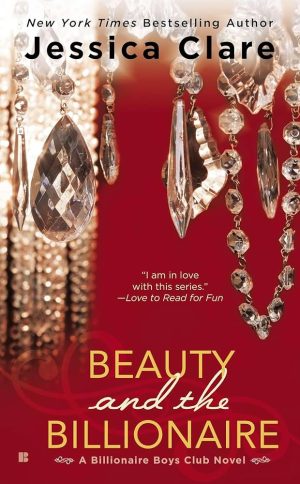
Jessica Clare, the author known for her The Billionaire Boys Club series and The Perfectly Matched series, has roots in fan fiction as well. She is most famously known for writing under the pen name Jill Myles in the Twilight fan fiction community. Her fanfic was well-received, and she gained a following that later supported her when she transitioned to writing original works.
21. John Scalzi
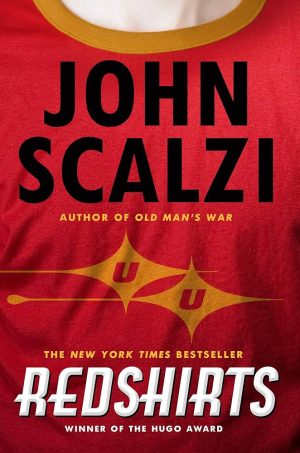
While not fan fiction in the traditional sense, Scalzi’s Redshirts is a meta, satirical take on Star Trek and the trope of expendable characters in sci-fi. Though original, it plays with the same kind of transformative storytelling that fan fiction often embraces. Fuzzy Nation is considered closely related to H. Beam Piper works.
Before publishing novels, Scalzi was deeply involved in online writing spaces, including his famous blog Whatever. While he didn’t write fan fiction, his blog functioned like an early internet writing hub, much like how fan fiction sites allow writers to experiment, share work, and engage with readers. He serialized his first novel Agent to the Stars online for free, a model similar to how fan fiction writers post stories on platforms like AO3 or FanFiction.net.
22. Katrina Kwan
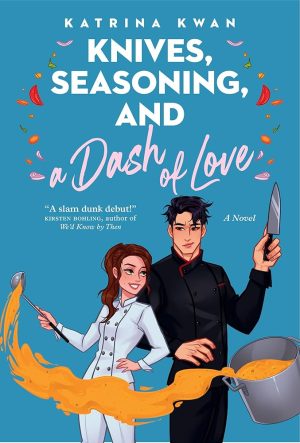
Katrina Kwan is a fantasy and romance author who began her writing journey in the realm of fan fiction. She initially gained recognition within the Reylo (Kylo Ren and Rey from Star Wars) fan fiction community, where her stories garnered a dedicated following.
Kwan’s transition from fan fiction to original works is exemplified by her debut novel, Knives, Seasoning, & a Dash of Love. This contemporary romance, set in the high-stakes world of haute cuisine, was inspired by her earlier fan fiction narratives. The novel follows sous chef Eden as she navigates her new role and a complex relationship with her boss, Alexander Chen.
Before publishing under her own name, Kwan worked as a professional ghostwriter for six years, producing over 150 romance novels for various clients. This extensive experience honed her storytelling skills and prepared her for her solo writing career.
23. Deborah Anastasia
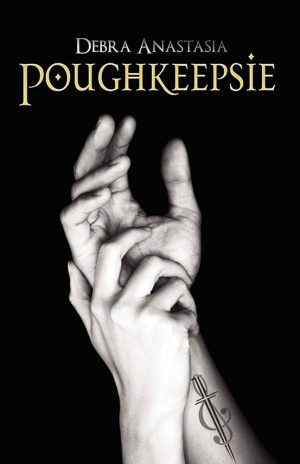
Debra Anastasia’s journey as an author is deeply rooted in the world of fan fiction. She began her writing career crafting stories within the Twilight fan fiction community, where her unique storytelling abilities quickly garnered attention. This foundation allowed her to hone her craft and connect with a dedicated readership.
One of her most notable works, Poughkeepsie, originated as a Twilight fan fiction before evolving into a published novel. The story’s unconventional love narrative captivated readers, leading to its transformation from fan fiction to a best-selling book.
24. Sarah Rees Brennan
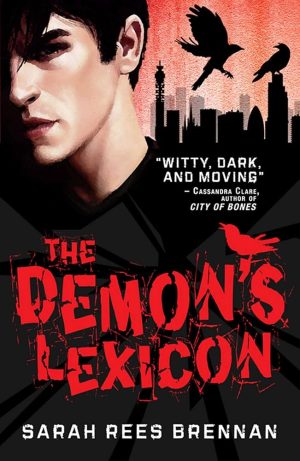
Sarah Rees Brennan’s evolution as an author is intricately linked to her roots in fan fiction. Before venturing into original works, she actively contributed to fan communities including Harry Potter, the Chronicles of Narnia, and King Lear. This experience not only honed her writing skills but also immersed her in the dynamics of storytelling within established universes.
Her debut trilogy, beginning with The Demon’s Lexicon, introduced readers to a world rich with magic and complex characters. Despite its originality, some readers drew parallels between her work and existing fandoms, attributing this to her fan fiction background. Brennan addressed these comparisons, highlighting the broader issue of how women’s writings are often unjustly labeled as derivative.
Demonstrating her versatility, Brennan published The Turn of the Story, a serialized narrative that began as a short story but expanded into a full-length novel due to reader enthusiasm. This work exemplifies her ability to engage audiences with serialized storytelling, a technique often employed in fan fiction communities.
25. Marjorie M. Liu
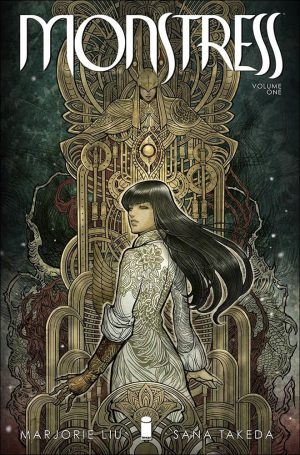
Marjorie M. Liu’s journey into the literary world began with her involvement in fan fiction, particularly within the X-Men universe. Her fascination with the characters led her to create The Wolverine and Jubilee Page, a fan site dedicated to these iconic figures. This endeavor not only showcased her passion but also allowed her to experiment with storytelling, significantly enhancing her narrative skills.
Liu’s engagement with fan fiction communities provided a foundation for her transition into professional writing. She has openly acknowledged that writing fan fiction was a liberating experience, enabling her to experiment with different styles without the fear of judgment.
Her professional portfolio is diverse, encompassing urban fantasy novels and acclaimed comic book series. Notably, her work on Marvel titles such as Dark Wolverine, X-23, and Black Widow has been well-received, reflecting the depth and complexity she brings to her characters. Additionally, her creator-owned series Monstress has garnered critical acclaim, earning her prestigious awards and solidifying her status in the comic book industry.
26. Seanan McGuire
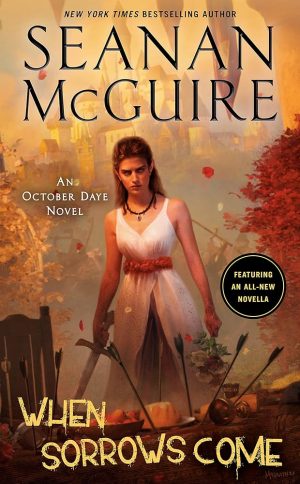
Best known for her October Daye and Wayward Children series, Seanan McGuire’s literary journey is deeply intertwined with fan fiction and fandom communities. From a young age, she immersed herself in fan-created content, crafting stories within universes like Buffy the Vampire Slayer, ElfQuest, and Veronica Mars. These early experiences allowed her to experiment with narrative structures and character development, laying the groundwork for her future original works.
27. Claudia Gray
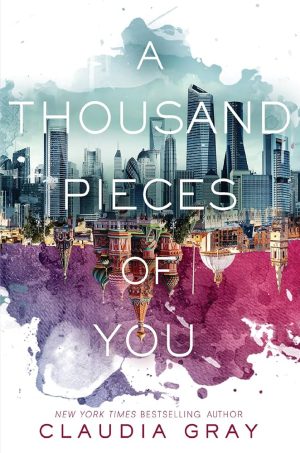
Claudia Gray, the pseudonym of Amy Vincent, is a celebrated author renowned for her contributions to young adult fiction and her works within the Star Wars universe. Before achieving mainstream success, Gray honed her writing skills through fan fiction, particularly within The X-Files fandom. Writing under the name Amy Vincent, she crafted numerous stories that explored intricate narratives and character dynamics, allowing her to develop a distinctive voice and storytelling style.
Her professional bibliography is extensive and diverse. Notable works include the Firebird series, beginning with A Thousand Pieces of You, which delves into parallel universes and complex character relationships. Additionally, Gray has made significant contributions to the Star Wars literary canon, authoring novels such as Lost Stars and Bloodline, which offer fresh perspectives within the beloved franchise.
28. Neil Gaiman
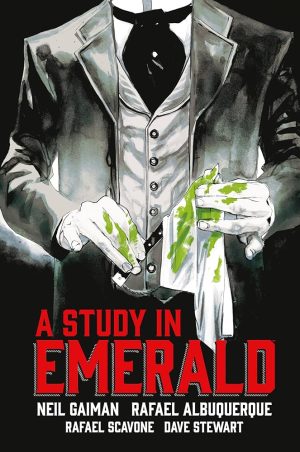
Unlike many authors who distance themselves from fan-created works, Gaiman openly supports fan fiction. He’s famously quoted as saying, “I won the Hugo Award for fan fiction for A Study in Emerald,” referencing his Sherlock Holmes and Lovecraft mash-up. This demonstrates his embrace of derivative storytelling and his belief in its creative validity.
Gaiman has even explicitly encouraged fans to explore their own creativity by playing with characters and settings from his works. He believes fan fiction is an essential stepping-stone for many aspiring authors, a creative playground where writers can hone their craft.
He’s also written odes to H.P. Lovecraft; I, Cthulhu, and C.S. Lewis; The Problem with Susan.
29. Joanna Schaffhausen

Joanna Schaffhausen’s journey into professional writing began with her involvement in fan fiction, particularly within The X-Files community during the 1990s. This experience allowed her to develop her storytelling skills and understand novel-length mystery structures.
Her professional work includes the Ellery Hathaway series, starting with The Vanishing Season, and the Detective Annalisa Vega series, beginning with Gone for Good.
30. Jennifer Linforth

Jennifer Linforth is an author known for her historical fiction novels that expand upon Gaston Leroux’s The Phantom of the Opera. Her Madrigals series delves deeper into the lives of Leroux’s characters, offering readers a continuation of the classic tale. The series includes titles such as Madrigal and Abendlied, which have been well-received by fans for their insightful exploration of the original narrative.
Linforth’s journey into professional writing began with her involvement in fan fiction. She initially wrote stories based on The Phantom of the Opera, which allowed her to explore and expand upon the original work’s themes and characters.
31. The Bronte Sisters

During their youth, Charlotte, Emily, Anne, and their brother Branwell crafted elaborate fantasy worlds inspired by contemporary figures, literature, and historical events. These “juvenilia” stories, such as the imaginary kingdoms of Angria and Gondal, often featured characters directly influenced by real-life heroes, historical personalities, and literary archetypes.
Modern fan fiction typically involves writing derivative works based on existing stories or characters. Similarly, the Brontë sisters’ early writings adapted and expanded upon ideas inspired by popular literature, history, and culture of their time. They built richly detailed worlds, reimagined character relationships, and explored dramatic scenarios—hallmarks of fan fiction today.
However, it’s important to note that the Brontës’ later novels—like Jane Eyre, Wuthering Heights, and The Tenant of Wildfell Hall—are original literary creations rather than fan fiction. Although these novels incorporate familiar gothic and romantic elements of their era, their storylines, settings, and characters were uniquely their own.
Thus, while the Brontë sisters’ juvenilia aligns closely with modern definitions of fan fiction due to its derivative and transformative nature, their published works stand independently as original literature. Still, their early creative process provides a fascinating example of how today’s fan fiction ethos—reimagining, reshaping, and deepening existing narratives—has longstanding roots in literary tradition.
Did any of these authors with connections to fan fiction surprise you? What do you think of fan fiction?
Let us know in the comments below!
Happy reading.

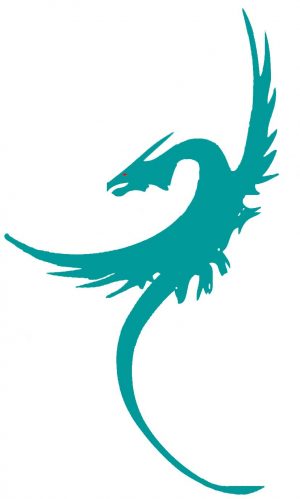
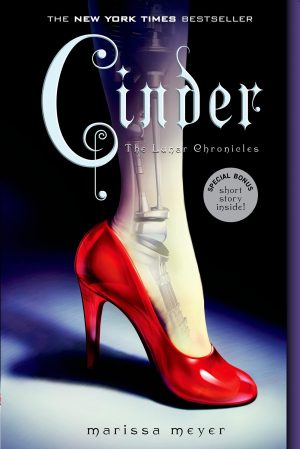
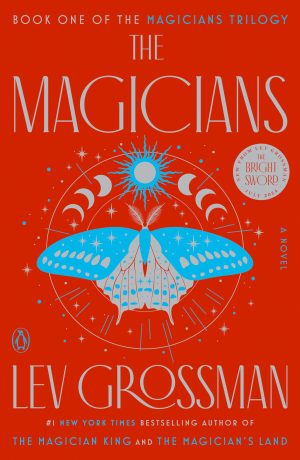
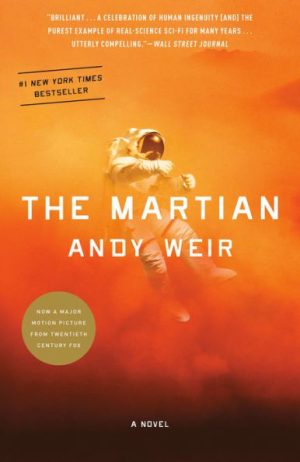

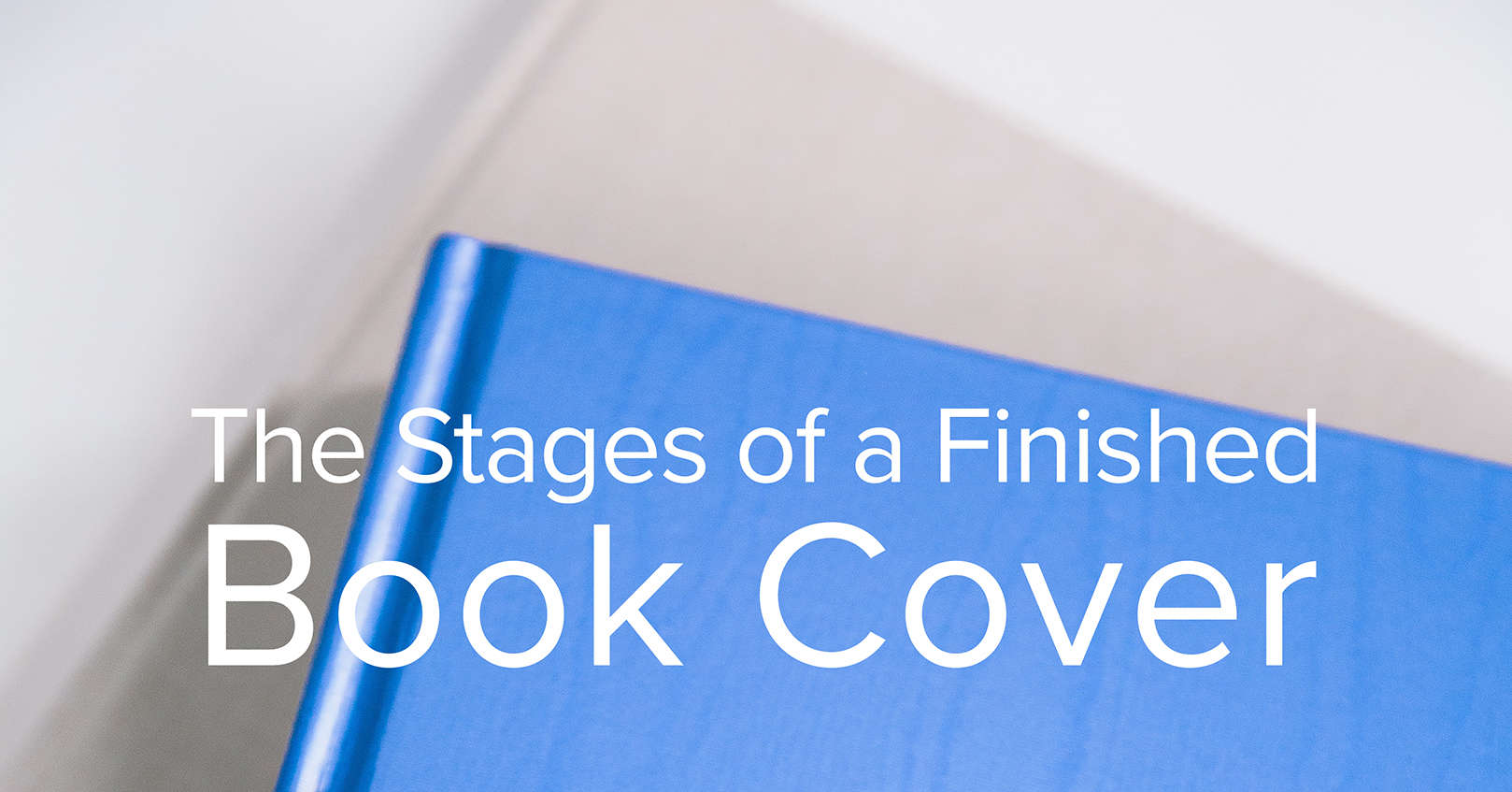

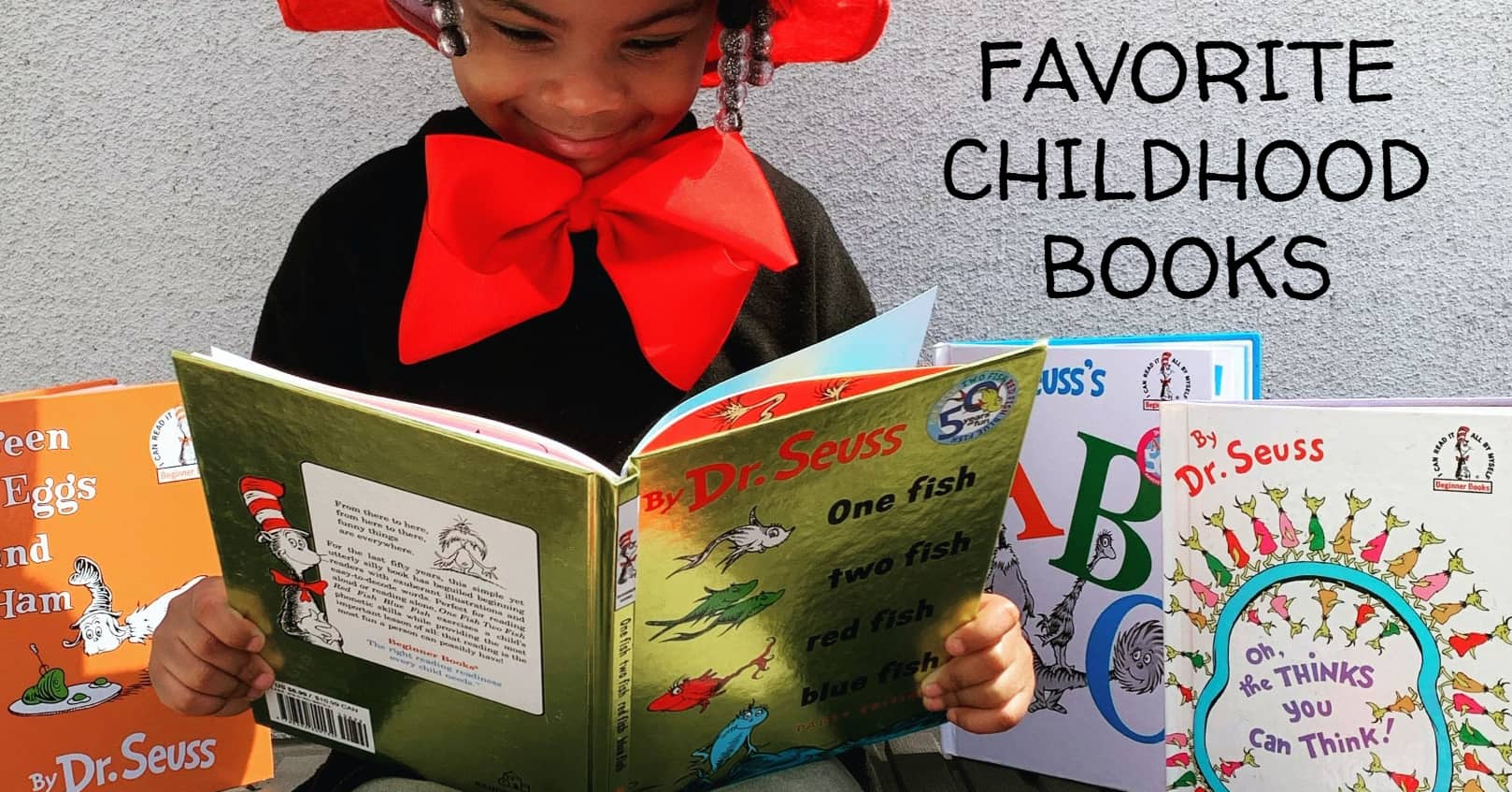











Comments